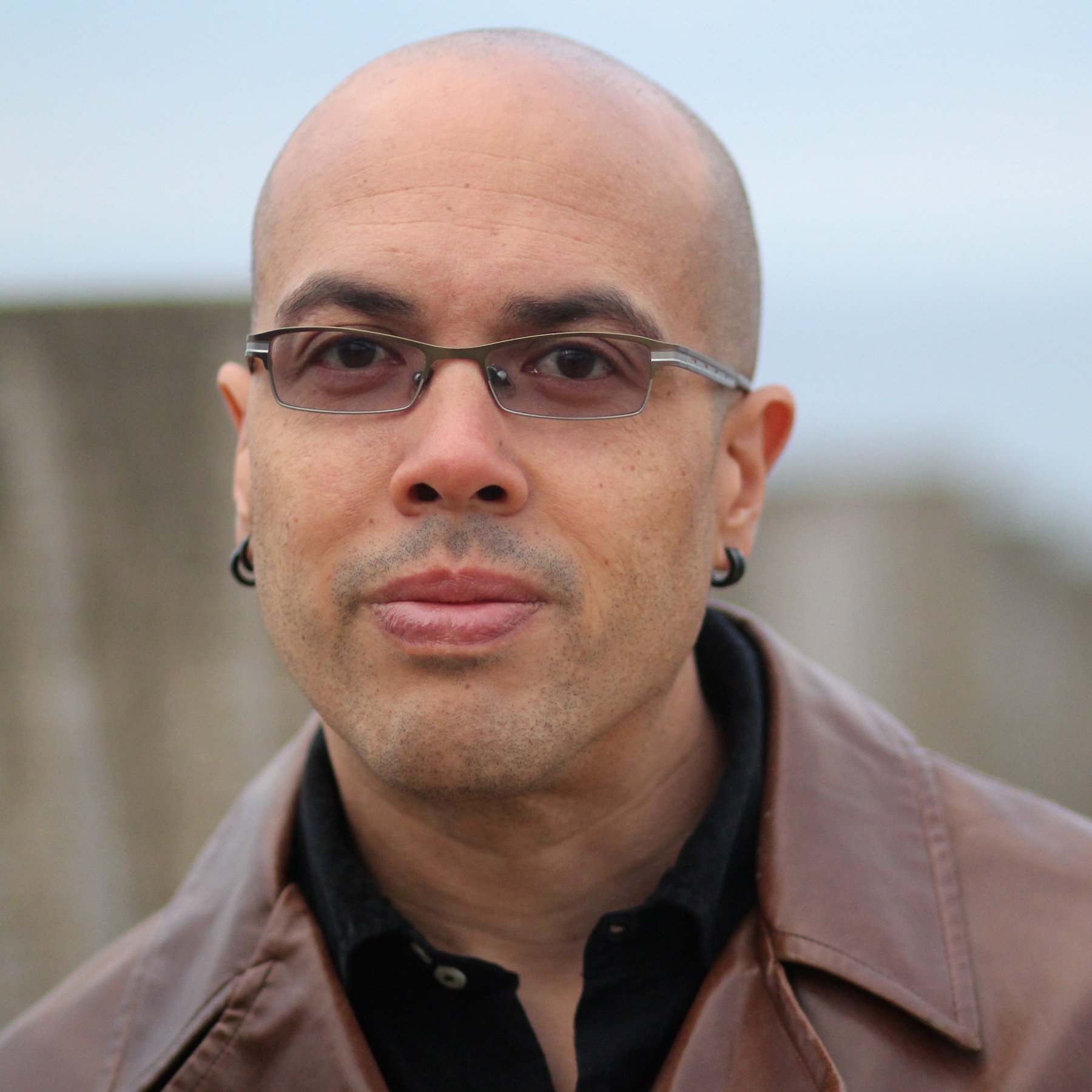David Anthony Durham’s Black Cowboys Re-Mythologize the Wild West
Even though Black men comprised about a third of all cowboys, established history and popular culture have deleted them from the story. David Anthony Durham's novel Gabriel's Story, the tale of a young Black man who comes of age in the American West during the 1870s, contradicts this brazen lie. The novel opens aboard a train that is carrying 15-year-old Gabriel Lynch, his mother Eliza, and his younger brother Ben to Kansas where they will be joining Eliza's new husband Solomon Johns, a homesteader. Gabriel is shocked when he sees the sod house that will be his new home -- a far cry from the comfortable apartment his recently deceased father had owned in Baltimore.
His father had been the proprietor of a prosperous funeral parlour and had always talked of Gabriel becoming a doctor. But in Kansas, Gabriel is expected to work the soil and tend to the animals. Although Solomon Johns is a kind and decent stepfather, Gabriel fumes with resentment. His fury deepens when he learns that Solomon and his mother have loved one another since slavery times and that she had never really been happy in Baltimore. A miserable Gabriel, along with his good friend James, runs away, finding work with a group of roving cowboys. By the time the pair realize they are travelling with a band of murderous horse thieves, they are virtual prisoners.
Black cowboy Jesse Stahl (1879-1935)
This is a story that pleases on numerous levels. It has enough adventure to satisfy the traditional Western fan. Yet, it resonates as allegory or myth. In the popular American western, cowboys are generally the good guys. In Gabriel’s Story, however, the cowboys' journey across the West serves as a metaphor for the harsh history of white men in America. In one example, the band meets up with a starving Native tribe, but Marshall, leader of the cowboys, refuses to help them.
Durham expands his allegory of American history to include the Mexican people: In California, the band attacks the home of a Mexican family named Fuentes. Durham alludes to Mexican author Carlos Fuentes whose novels also consider the bloody history of Mexican-American relations.
Marshall traces his own brutal nature back to his father, a slave owner who raped his enslaved women and abused his mother. Marshall hated him with a passion. Nevertheless, he accepts his father's debauchery as his rightful inheritance. Not unlike William Faulkner, Durham portrays slave history as the collective sin that poisons future generations.
California Desert (photo by Ian Jones)
Marshall is one of the few cowboys Durham manages to bring to life, and then only partly. Another character, the Scot, Dunlop, also moves beyond stereotype. While certain kinds of Western stereotypes work well enough on the movie screen, they require more than visual cues to transfer successfully to the page.
Gabriel’s travels with the cowboys take him through Kansas, Oklahoma, Texas, and California. Durham's descriptions of the landscape intoxicate the reader -- not with the intensity of colour associated with the desert paintings of Georgia O'Keeffe, but a subtler expression of shifting hues and textures.
In the beginning of the novel, Gabriel cannot understand why his mother would want to abandon the city to return to a life of slave- like drudgery. But the slave past for Eliza symbolizes more than bondage. She recalls an intimacy with the land that nourished her spirit. Somehow, after hundreds of years of working the land, Black Americans have come to be perceived as a primarily urban people, dissociated from the country's rural roots. But where popular culture would write African- Americans out of the land, Durham writes them back in.
Nat Love, one of the most famous Black cowboys of the Old West. Photo: Unknown
Many people might describe Gabriel’s Story as "revisionist Western." "Revisionist" always comes across as a slightly derogatory term, as though somebody somewhere has been messing about with the facts. But even the most old-fashioned scholars are ready for a more truthful and complicated representation of history. By now, we know too much to comfortably return to the old myths. In any case, with this bold, majestic, all-American vision, Durham proves more interested in remythologizing -- than demythologizing -- the past.
Purchase Gabriel’s Story by David Anthony Durham
A previous version of this piece appeared in the Gazette (Montreal).








